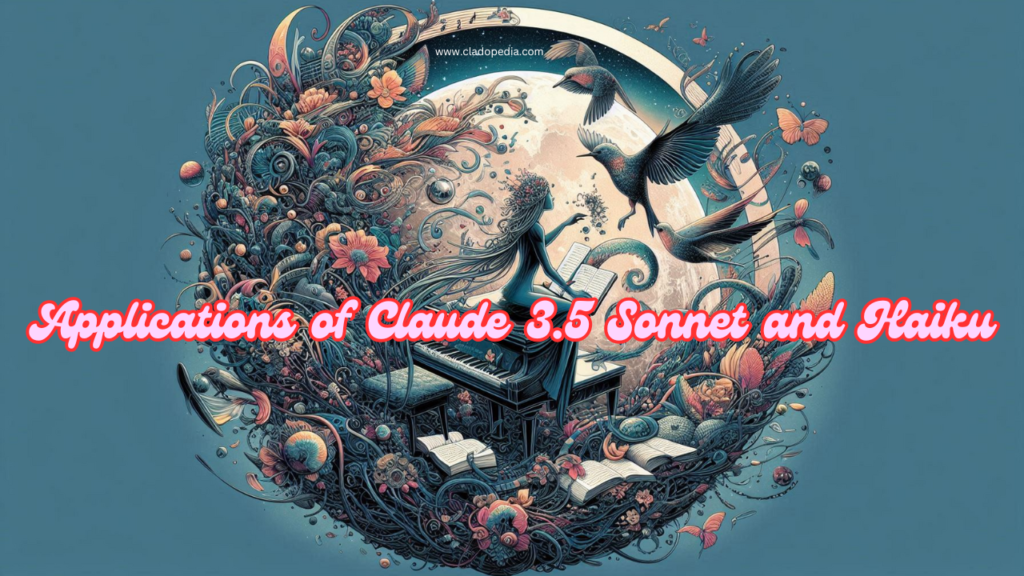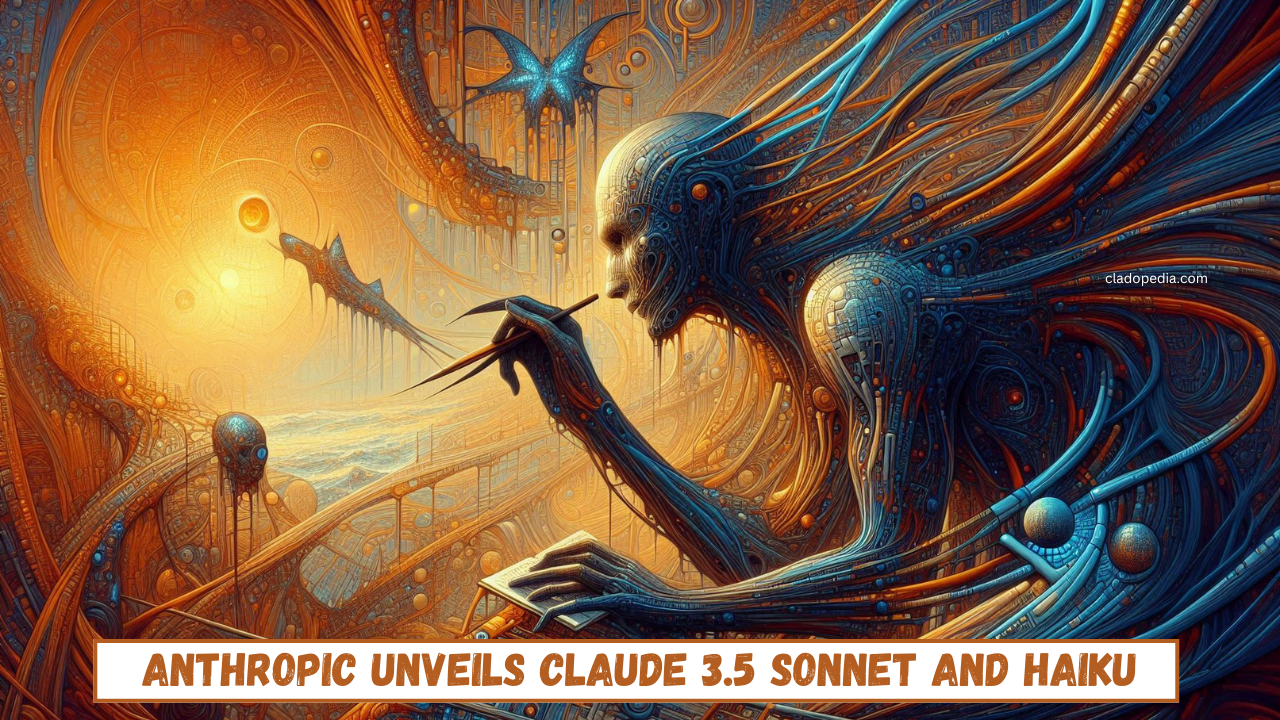Anthropic, a leading AI research organization, has introduced two groundbreaking models: Claude 3.5 Sonnet and Claude 3.5 Haiku. Designed to push the boundaries of artificial intelligence, these models showcase advanced capabilities in natural language processing, creativity, and contextual understanding. This article explores the features, functionality, and applications of these models, highlighting how they integrate into daily workflows.
What Are Claude 3.5 Sonnet and Haiku?
Claude 3.5 Sonnet and Haiku are enhanced iterations of Anthropic’s Claude series. These models are tailored to cater to different user needs:
- Claude 3.5 Sonnet: Focuses on deep contextual analysis and long-form content generation.
- Claude 3.5 Haiku: Optimized for brevity and creativity, excelling in concise responses and poetic generation.
| Feature | Claude 3.5 Sonnet | Claude 3.5 Haiku |
|---|---|---|
| Primary Use Case | Long-form content creation | Concise and creative outputs |
| Input Length Capacity | Up to 100,000 tokens | Up to 25,000 tokens |
| Response Style | Analytical and detailed | Poetic and succinct |
| Latency | Slightly higher | Faster |
Key Features of Claude 3.5 Sonnet
1. Advanced Context Understanding
Claude 3.5 Sonnet can process vast amounts of data, maintaining coherence and logical flow across lengthy inputs. This makes it ideal for:
- Research documentation.
- Generating detailed essays and reports.
- Summarizing extensive datasets.
2. Tailored Content Generation
Users can customize outputs to match specific tones, styles, or requirements, such as professional reports, creative writing, or technical analysis.
3. Enhanced Collaboration Features
The model integrates seamlessly with tools like Google Docs and project management platforms, fostering collaboration.
4. Multilingual Capabilities
Claude 3.5 Sonnet excels in translating and adapting content across multiple languages while retaining contextual nuances.
Key Features of Claude 3.5 Haiku
1. Creativity and Brevity
Claude 3.5 Haiku is built to craft short, impactful pieces such as:
- Poems.
- Catchy social media posts.
- Taglines and slogans.
2. Speed and Efficiency
Optimized for quicker response times, Haiku is well-suited for tasks requiring immediate output without compromising quality.
3. Emphasis on Aesthetic Output
Its responses often include metaphorical or artistic expressions, making it ideal for creative professionals and writers.
4. Compact Summarization
Claude 3.5 Haiku provides concise summaries of articles, books, or meeting notes, ensuring users get the essence without excessive detail.
Comparing Claude 3.5 Sonnet and Haiku in Practical Scenarios
| Use Case | Claude 3.5 Sonnet | Claude 3.5 Haiku |
|---|---|---|
| Writing a technical report | Generates detailed, structured content | Offers a brief executive summary |
| Creating social media posts | Detailed blog-style posts | Short, impactful tweets |
| Translating documents | Comprehensive translations with full context | Summarizes while maintaining core meaning |
| Generating poetry | Long, narrative poems | Short, aesthetic haikus |
Applications of Claude 3.5 Sonnet and Haiku
1. Academic and Research Fields
Sonnet aids in creating comprehensive research papers, while Haiku summarizes findings for presentations.
2. Content Creation
Bloggers, marketers, and copywriters can leverage Sonnet for in-depth articles and Haiku for taglines or ad copy.
3. Business and Corporate Use
- Sonnet helps with drafting policy documents, detailed proposals, and presentations.
- Haiku creates quick summaries and key takeaways for meetings.
4. Personal Use
Users can enjoy Sonnet for storytelling and journaling, while Haiku crafts personalized poems or concise reminders.

Technical Marvels Behind the Models
1. Neural Architecture Improvements
Claude 3.5 Sonnet and Haiku are powered by Anthropic’s proprietary neural network upgrades, enhancing their understanding and responsiveness.
2. Training Dataset Diversity
The models were trained on a wide array of datasets, including books, technical documents, and creative texts, ensuring broad applicability.
3. Integration with Local Devices
Both models can leverage local computational power, reducing reliance on cloud-based processing and enhancing privacy.
| Aspect | Benefit |
|---|---|
| Local Device Integration | Reduced latency and improved security |
| Cloud Backup | Optional for high-computation tasks |
Ethical Considerations
Anthropic emphasizes ethical AI usage. Both models incorporate robust safeguards against generating harmful or biased content.
1. Content Moderation
Integrated systems detect and filter inappropriate outputs, ensuring safe and reliable interactions.
2. Privacy-Centric Design
By enabling local device usage, users maintain control over their data, enhancing security and trust.
Real-World Feedback
User Testimonials
| User Type | Feedback on Sonnet | Feedback on Haiku |
|---|---|---|
| Researcher | “Invaluable for literature reviews.” | “Quick summaries save me hours.” |
| Content Marketer | Perfect for detailed blog posts.” | “Ideal for catchy slogans.” |
| Educator | “Creates in-depth course material.” | Summarizes lesson plans beautifully. |
Conclusion
Anthropic’s Claude 3.5 Sonnet and Haiku redefine what AI can achieve in natural language processing. By catering to both detailed and concise needs, these models empower professionals, creatives, and casual users alike. Whether you need a deep dive into complex topics or a poetic touch to brighten your day, Claude 3.5 Sonnet and Haiku deliver with exceptional reliability.
FAQs
1. Can I use Claude 3.5 Haiku for professional purposes?
Yes, Haiku is designed for professionals needing quick, creative outputs like slogans, summaries, or social media posts.
2. How does Claude 3.5 Sonnet handle multilingual tasks?
Sonnet uses advanced algorithms to understand and retain context across languages, ensuring accurate translations and adaptations.
3. Is local device usage mandatory?
No, but it is an option for enhanced privacy and reduced reliance on cloud processing.
4. How do I access these models?
Anthropic offers access through its official platforms and APIs, with options for integration into existing workflows.
